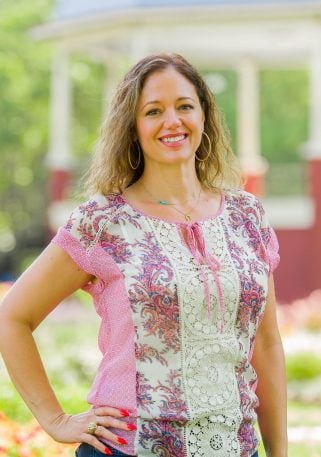I spent Memorial Day weekend in Palm Springs. It had been 17 years since my last visit. Things have changed.
I’m late to the Palm Springs party, but I’m not the only one: the Coachella Valley broke several tourism records just last year, including all-time hotel revenue highs. Judging from the bustling crowds in the downtown shopping district, despite high temperatures of 106 on Sunday and 107 on Monday, this year might continue that winning streak.
The Palm Springs area has some five-star properties that command high room rates. There’s a Ritz-Carlton, the well-appointed L’Horizon Resort, and a few others. However, many of the hotels are aging mid-century properties built when Frank Sinatra was crooning his way and Bob Hope was a regular on the links.
And yet, this town with oppressive summer heat, seasonal airline service and squat motels set an all-time record last year with an average daily hotel rate of $159.99. According to a Jan. 27, 2017 article in The Desert Sun, other records set last year include $98.42 revenue per available room, which measures the balance between occupancy and rate, and $519 million in revenue from hotel room sales alone.
How did Palm Springs do it? By recognizing market demand and catering to it.
Ten years ago, the Parker Palm Springs led the way when it reopened with a fresh new façade that reinvented the property’s historic past and has served as a template for the entire city. Designer Jonathan Adler applied a Southern California desert-beach-hippie-luxe aesthetic, and the entire town has reproduced it.
I spent most of my time at the Ace Hotel and Pool Club. Like the Parker, it was among the first properties to transform a mid-century dump into an upscale, hipster resort. In this case, the Ace used to be the Westward Ho Motel and included an attached Denny’s with groovy, dated architecture.
Rather than tear the place down and start over, the Ace modernized it. Carpets were ripped up and replaced with finished concrete floors. Cinder block walls were painted with bright graphics and surrounding landscape was staged to provide perfect backdrops for social media posts. The pool clubhouse serves as a morning yoga studio and space for pop-up boutiques.
And the crowd ain’t your grandpa’s Palm Springs, either. The Ace, like much of Palm Springs, attracts a largely gay clientele. There were also lots of millennials of all lifestyles. Most importantly, everyone at The Ace had one important thing in common: money to spend.
I see a lot of similarities between The Ace and what credit unions should become.
Let’s start with the cooperative structure. A few credit unions walk the talk of the true credit union difference, but most sweep it under the rug. That’s a mistake. Nobody likes big banks, and regardless of generation, all young people like to stick it to The Man. Millennials, in particular, like working together as groups to create a better society. They want to bank with meaning. Nobody can give them that except credit unions. The downside, of course, is that behaving like a cooperative requires credit unions to genuinely want members to attend their annual meetings and volunteer for committees and the board. Like democracy, true cooperatives can be messy and most boards aren’t willing to give up their board seats to sass-mouthed young adults eager for change.
Instead of modernizing credit unions’ appealing past, most use big banks as a template, doing their best to match their branding and technology instead of creating something unique.
In addition to the messy (yet profitable) millennial market, credit unions have also missed the mark with the LGBTQ community. Three years ago, a group in Washington State tried to charter a gay credit union but failed to receive enough support from the industry or the NCUA. That’s terrible because the LBGTQ community is exactly the kind of groups credit unions exist to serve: underserved and discriminated against while having unique financial needs. Another credit union in the area stepped up to add the organization as a SEG, but that’s a second best solution.
Legal marijuana businesses also present a promising and growing market, but like the LBGTQ community, too many old fogeys are stuck in the Westward Ho days, questioning the world the way it is today instead of embracing it.
Credit unions aren’t hurting. Membership, loans and other key performance indicators are growing. However, the credit union community isn’t exactly as scorching hot as a Palm Springs afternoon. Recognizing market demand and catering to it will serve as a catalyst to that level of success.







